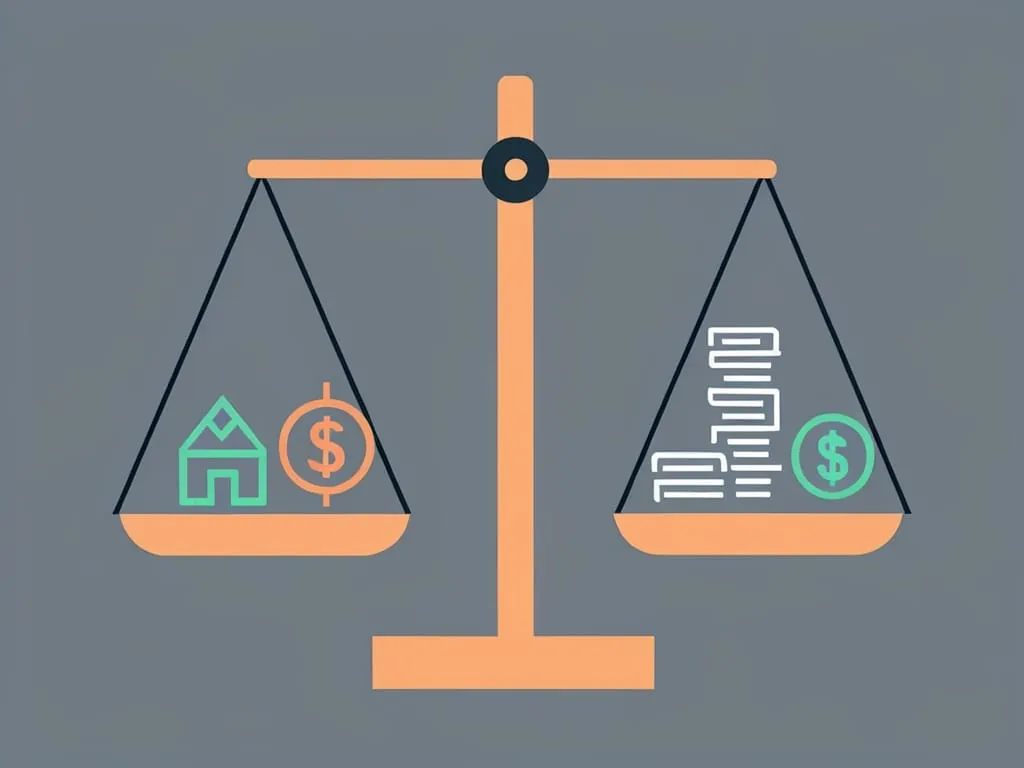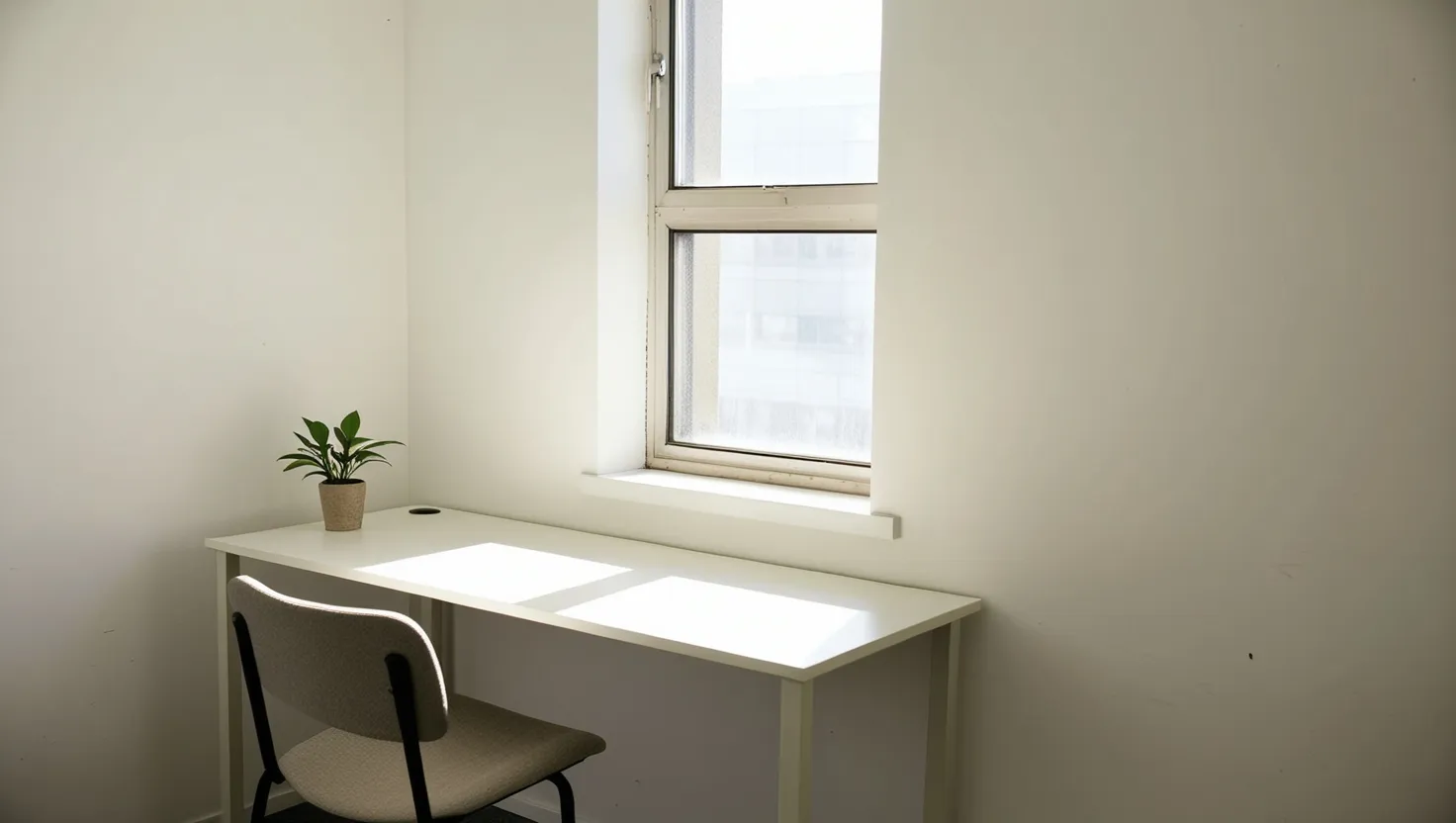When it comes to productivity, few methods have garnered as much attention and admiration as David Allen’s “Getting Things Done” (GTD). This system, laid out in Allen’s seminal book, is more than just a set of tips; it’s a comprehensive approach to managing your tasks, ideas, and commitments in a way that frees your mind and boosts your productivity.
The Power of Capture
At the heart of GTD is the simple yet powerful idea of capturing everything. This means writing down all tasks, ideas, and commitments that cross your mind. Why is this so crucial? As Allen puts it, “Your head’s a crappy office.” Our brains are excellent at processing information but terrible at storing it. By dumping all this mental clutter into an external system, you can clear your mind and focus on the task at hand.
Imagine walking into a meeting with a clear head, knowing that all your tasks and ideas are safely stored in a system you trust. It’s a liberating feeling, isn’t it? So, the next time you find yourself worrying about forgetting something, remember to capture it. Write it down, type it into your app, or dictate it to your voice assistant. The key is to get it out of your head and into a system where you can manage it.
Clarifying Actions
Once you’ve captured all your tasks and ideas, the next step is to clarify what actions you need to take. This involves processing what you’ve captured into clear and concrete steps. Ask yourself, “What is the next action I need to take on this item?” This simple question can transform a vague idea into a tangible task.
For instance, if you’ve captured the idea of planning a vacation, the next action might be to research destinations or book flights. By breaking down large projects into smaller, actionable steps, you make them less overwhelming and more manageable.
Organizing Systematically
Organizing your tasks systematically is where the real magic happens. This involves sorting your tasks into appropriate categories and scheduling them accordingly. Think of it like a filing system for your tasks. You have your inbox where new tasks go, your calendar for scheduled tasks, and your to-do list for ongoing projects.
Using a digital or physical organizing system, you can categorize tasks based on context, time, and energy required. For example, you might have a list for tasks that can be done at home, another for tasks that require a specific tool or location, and yet another for tasks that need to be done during a particular time of day.
The Importance of Reflection
Reflection is a critical component of the GTD system. Regularly reviewing and updating your system ensures that it remains relevant and effective. This is where the weekly review comes in – a dedicated time to go through your lists, update your projects, and ensure everything is on track.
During your weekly review, ask yourself questions like, “What did I accomplish this week?” “What are my priorities for the next week?” and “Are there any tasks or projects that need to be adjusted?” This reflective practice helps you stay aligned with your goals and ensures that your system continues to support your productivity.
Engaging Mindfully
Choosing tasks based on context, time, and energy is a key aspect of GTD. This means being mindful of your current situation and selecting tasks that fit within it. For example, if you’re in a meeting, you might focus on tasks that require minimal setup or those that can be done in short intervals.
As the famous productivity guru, Brian Tracy, once said, “The key is not to prioritize what’s on your schedule, but to schedule your priorities.” By aligning your tasks with your current context, you can maximize your productivity and reduce the feeling of being overwhelmed.
The Two-Minute Rule
One of the most intriguing aspects of GTD is the two-minute rule. If a task can be done in less than two minutes, do it immediately. This rule is based on the idea that the time spent deciding whether to do a task is often greater than the time required to complete it.
Think about it – how many times have you spent minutes deciding whether to send a quick email or make a phone call, only to realize that the task itself took less time than the decision-making process? By applying the two-minute rule, you can eliminate procrastination and get more done in less time.
Creating a Comprehensive Task List
To apply these principles effectively, you need to create a comprehensive task list. This involves breaking down large projects into smaller, actionable steps and organizing them in a way that makes sense for your workflow.
Imagine having a list that includes everything from your daily tasks to your long-term projects. This list becomes your roadmap, guiding you through your day and ensuring that nothing falls through the cracks.
Breaking Projects into Actionable Steps
Large projects can be daunting, but by breaking them down into smaller steps, you make them manageable. For instance, if you’re planning a wedding, your project list might include tasks like booking the venue, selecting the menu, and sending out invitations.
Each of these tasks can be further broken down into even smaller steps. For example, booking the venue might involve researching venues, scheduling visits, and making the final booking. By doing this, you turn a massive project into a series of manageable tasks.
Using a Digital or Physical Organizing System
The choice between a digital or physical organizing system is personal. Some people prefer the tactile feel of a notebook, while others love the flexibility of digital apps. The key is to find a system that you enjoy using and that fits seamlessly into your daily routine.
As David Allen himself notes, the system doesn’t have to be complex; it just needs to be simple and consistent. Whether you use Todoist, Trello, or a good old-fashioned notebook, the goal is to have a system that you trust and use regularly.
Scheduling Weekly Reviews
Weekly reviews are a cornerstone of the GTD system. This is your time to reflect on what you’ve accomplished, update your lists, and plan for the upcoming week. It’s a moment to step back, assess your progress, and adjust your course if necessary.
During your weekly review, ask yourself questions like, “What did I achieve this week?” “What are my priorities for the next week?” and “Are there any tasks or projects that need to be adjusted?” This reflective practice helps you stay aligned with your goals and ensures that your system continues to support your productivity.
Considering Your Current Situation
When selecting tasks, it’s crucial to consider your current situation. Ask yourself, “What tasks can I do right now given my current context?” This might mean focusing on tasks that require minimal setup or those that can be done in short intervals.
For example, if you’re in a noisy coffee shop, you might focus on tasks that don’t require intense concentration. If you’re at home with a lot of distractions, you might choose tasks that can be done in short bursts. By aligning your tasks with your current situation, you can maximize your productivity.
Addressing Small Items Promptly
Finally, addressing small items promptly is a game-changer. The two-minute rule is just one part of this strategy. By completing quick tasks immediately, you reduce mental clutter and free up space for more important tasks.
As the saying goes, “How you do anything is how you do everything.” By taking care of small tasks promptly, you build a habit of efficiency and productivity that can benefit all areas of your life.
In conclusion, the GTD system is not just a set of productivity tips; it’s a way of life. By capturing everything, clarifying actions, organizing systematically, reflecting regularly, engaging mindfully, and applying the two-minute rule, you can transform your productivity and reduce your stress.
So, the next time you feel overwhelmed by your to-do list, remember that the solution lies in creating a system that works for you. As David Allen so aptly puts it, “You can’t manage time; you can only manage your attention.” By focusing on what truly matters and using the GTD system to guide you, you can achieve more than you ever thought possible.






